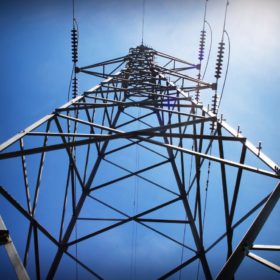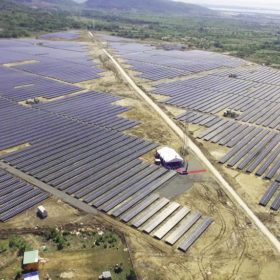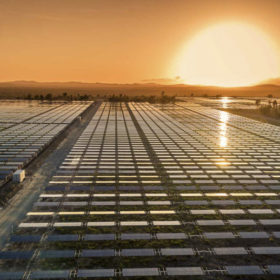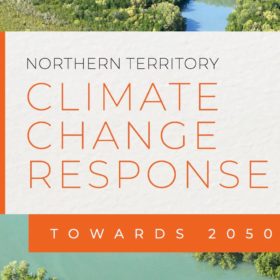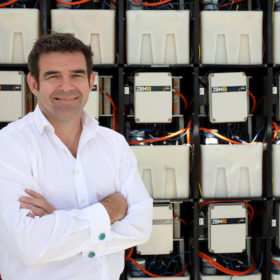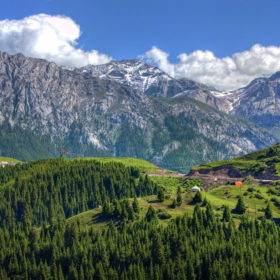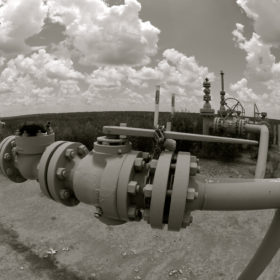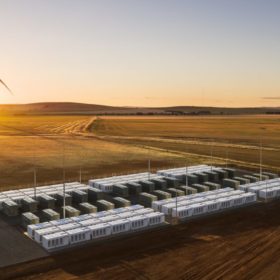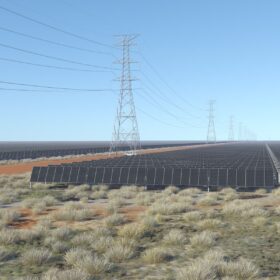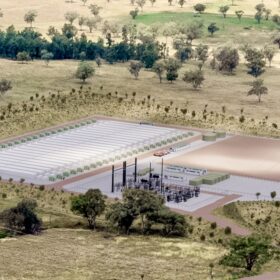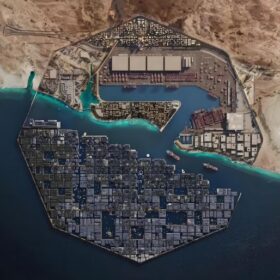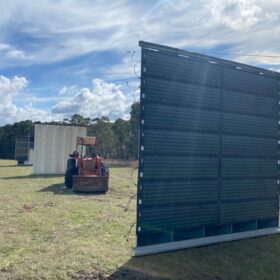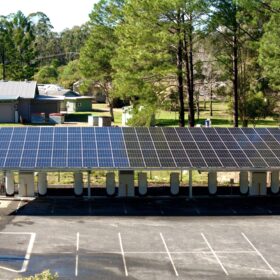Rooftop solar penetration reaches tipping point as grid undergoes major transformation
Rooftop solar penetration has reached the point where a choice needs to be made between distribution networks spending billions on new substations, poles and wires to cope – or start delivering the grid of the future so consumers are not landed with unnecessary costs, says the Australian Energy Market Commission.
Vietnam may cut FITs for large scale solar 20%
The tariff for rooftop PV will be maintained at $0.0935/kWh but payments for ground-mounted and floating solar could be cut to $0.0709/kWh and $0.0769, respectively. The previous FIT scheme, according to government figures, has driven the deployment of around 5 GW of solar generation capacity.
Finkel persisting with carbon capture and storage
Australia’s chief scientist Dr. Alan Finkel continues to push Australia toward a strong hydrogen economy produced by solar and wind through electrolysis. However, Finkel remains attached to the idea that toxically unpopular carbon capture and storage methods, a lifeline for fossil fuel producers, should also play a part.
Australia joins solar powered space race
The Australian Space Agency (ASA) has joined the next generation, or rather this generation, space race, between the U.S. and China. A $150 million investment from the Morrison Government into the ASA will see Australia partner with NASA on its next sustainable exploratory missions.
ANU set to provide blueprint for Australia’s renewable export industry
The Australian National University (ANU) has launched a new research project to provide a blueprint by which Australia can look to install itself as the renewable energy powerhouse of the region. The project raises both political and feasibility questions about Australia’s economic future.
NT sets zero emissions target and backs itself for a solar century
The Northern Territory (NT) Labor Government has launched its draft Climate Change Response, a comprehensive and informed plan to reach net zero emissions by 2050. The NT is looking particularly to solar, as “Solar is the cheapest form of new electricity generation, and the NT has one of the best solar resources in the world.”
Redflow’s optimism despite recent revenue delays pays off
Redflow has won a significant order of its ZBM2 zinc-bromine flow batteries for mobile phone tower sites across South Africa in a deal which should see the Australian energy storage company receive revenue this calendar year.
‘Mono will supply 80% of the world’s solar by 2021’
Polysilicon manufacturer Daqo has announced the start of pilot production in Xinjiang and expects to ramp up to full output by the end of the year, doubling the company’s annual capacity to 70,000 MT. Some 90% of its poly will be mono by that stage and Daqo expects 40% to be suitable for n-type products next year.
‘The world has no chance of beating climate change if natural gas is part of the mix’
A report by Germany’s Energy Watch Group thinktank has said we would be better off sticking to coal and oil than switching to gas because emissions of methane, the most potent greenhouse gas, caused by gas extraction render any related carbon savings irrelevant.
Long read: Is Neoen’s massive SA hybrid renewables plant feasible?
French renewable developer Neoen’s proposed hybrid power plant in South Australia is a monster, but is it a monster we can believe in? Along with industry experts we investigate the feasibility of Neoen’s Goyder South project.
